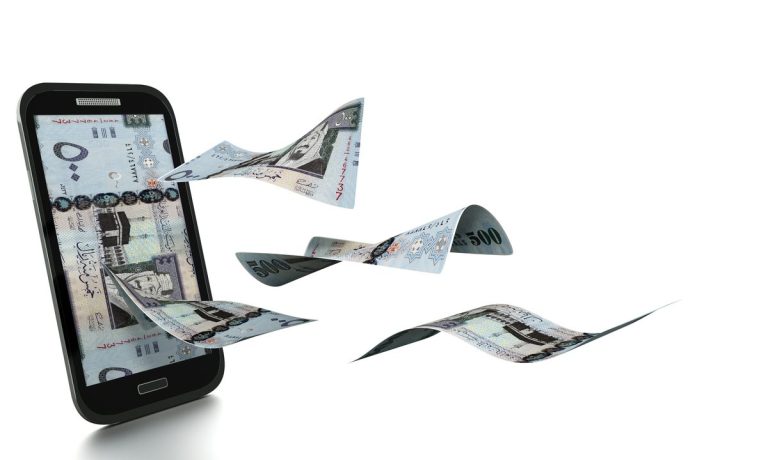The Saudi Central Bank (SAMA) has seen the biggest rate of adoption of contactless payments in the Middle East and North Africa and ahead of Hong Kong and Canada, with 94 percent, a report from the Saudi Gazette says.
The number is also higher than the European Union average.
This is part of SAMA’s plan to reduce cash transactions and also raise electronic payments to 70 percent of all transactions by 2025.
The bank has fully adopted near-field communication (NFC) payments since 2016, and has taken steps to authorize and facilitate e-payment transactions, making sure there was the proper level of security for international standards.
In addition, the report says SAMA has been working with payment service providers and banks to make sure the transactions are available. They’ve overhauled the national payment ecosystem and replaced bank cards and Point of Sale terminals, making sure that all devices can work with the tech.
SAMA has also indicated that public transport projects along with Riyadh Metro would be adopting NFC in their payments.
Advertisement: Scroll to Continue
And there have been other updates which have helped this all along, including SAMA’s decision to increase the contactless transaction limit from SR100 to SR300. Payments have also been added to smart devices. And the National Anti-Concealment program has urged commercial activities to install POS terminals, the report says.
In other digital payment news, PYMNTS writes that account-to-account transactions have risen 60 percent since the pandemic forced everyone to begin utilizing more digital ways of spending than before.
Read more: Account-to-Account Transactions Leapt 60% in 2020
The report quotes Hisham Salama, chief digital officer and executive vice president for Bank of the West, who says consumers have utilized things like Apple Pay and Google Pay more often since 2020.
The report also goes on to say that A2A transfers have begun overtaking cash and other older forms of payments, particularly as more options have become available.




